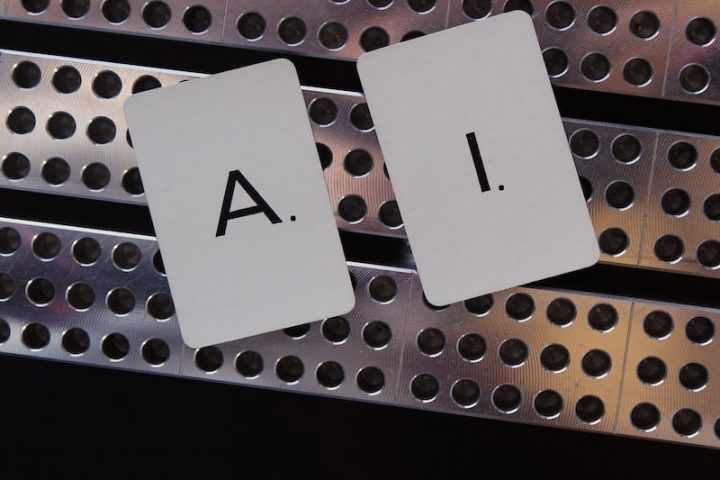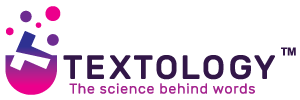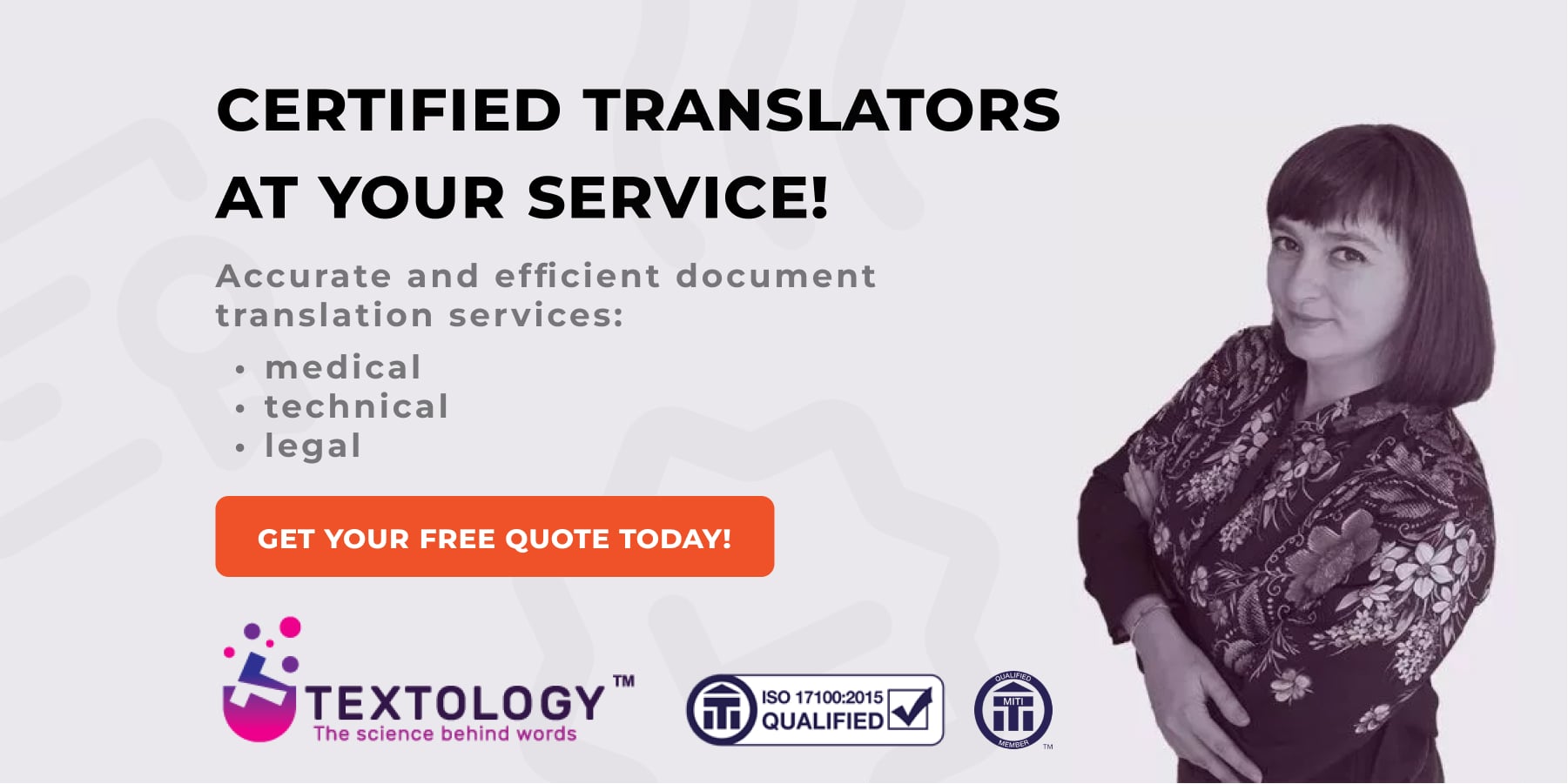
The fear of AI taking over the World has been with us practically since the first computers were built. Nowadays, when the digitization and automation of everyday life is progressing quite rapidly, many people raise the question if AI will replace humans in their working places. One of the areas affected by those doubts is the translation business.
What exactly is artificial intelligence?
Artificial intelligence is a collective term referring to various applications designed for solving a very specific problem, that is often divided into weak and strong AI. The first term is used to describe programs developed for specific applications in given domains. For example, a weak AI would be any system performing tasks for which a human needs intelligence. On the other hand, a strong AI is an application that requires human level intellectual skills or even surpasses them. Therefore, it would display skills such as:
- Planning
- Logical thinking
- Learning
- Making own decisions
- Communication in a natural language
- Self-awareness
- Sensibility
- Consciousness.
Judging by the above, we’re nowhere near a true AI, at least not yet. The term „AI” is currently tossed quite nonchalantly in the direction of simple automation programs like Google bots.
AI and the translation industry
Today’s Internet is full of tools and sites offering translation into or from the language of our choice. The workings of such programs is called machine translation. Almost all of those machine translation apps run on similar concepts and give results in just a few seconds. They require practically no maintenance and are mostly free to use. Automatic translation software based on machine translation has come a long way, especially in recent years – it started with single words, but now it can translate whole documents, websites and various documents in a wide range of language combinations. Therefore, it seems that those programs compete directly with professional translators and interpreters and may even replace human translators entirely in the future. In reality though, they are mere tools that won’t achieve the level of well-trained human translators for a very long time, as they lack the cognitive skills of a true AI. And that’s something that will always remain relevant.

How does machine translation work?
Currently, machine translation software runs on one of three types of translation systems: rule-based, statistical and neural.
Rule-based systems use predefined grammatical rules and dictionaries of the target and source language, developing systematic translations from them. Statistical systems adopt languages based on existing translations, using their most common words and phrases. Those systems don’t have predefined sets of rules and operate based on large amounts of entered target and source language data.
Neural systems are a different story, as they use artificial neural networks for learning models. Since this method uses data for establishing relationships between source and target language and their sentence structure, it’s defined as Deep Learning. Thanks to this the neural machine translation is more fluent and natural.
Possibilities and limitations of AI translations
Due to the progressing internationalization of many aspects of day-to-day life, the use of machine translation technology in some extent has become necessary. Thanks to the ever-evolving and learning systems, real-time machine translation is becoming more and more accurate. So those applications are great tools for simple communication between one language and many different languages from all across the world. Some programs are also used in translation memory management. However, there are some limitations that mean the software like Google Translate will never (at least in the near future) directly compete with a professional translator – machines don’t get humour and ambiguity, so any irony or interpersonal commentary is lost on them. Machine translations are also weak in the field of idioms, new language structures, and naturalness of the message – the meaning might be there, but the text will suffer from the total lack of emotions, appearing artificial.
Will translation services become obsolete because of the AI?
The short answer is – no, they won’t. Current AI translation machines only work with simply structured, unambiguous texts that are easily understandable. Any technical, subject-specific, scientific or colloquially phrased texts are still out of the reach of even the most sophisticated machine translation technology. Those types of texts are still too complex for the automatic AI translators (as they cannot understand their context properly) and you’ll need professional translation services for them to work in other than source languages – that’s what we provide at TEXTOLOGY. Therefore, machines cannot directly compete with professionally trained humans with years of practice behind their belts, ensuring the highest quality of their work. And thus the fear that humans will be replaced by translating robots is completely unfounded.

